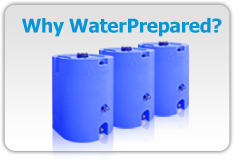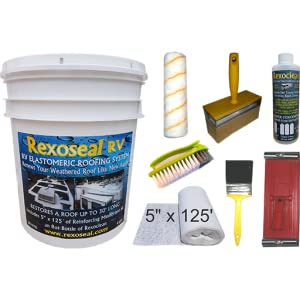If a water tank or big haulier is tainted, the accompanying advances ought to be taken to recover the tank or big haulier, on the off chance that it is fundamentally unblemished. Furthermore, it is suggested that tanks in nonstop use are cleaned like clockwork, and for emergency water storage , yearly.
- Clean: Drain the tanker of any leftover liquid, making a point to catch any risky liquid to be appropriately discarded. At that point scour within the tank with a cleanser and boiling water combination.
- Sanitize: Fill the tank a quarter full with clean water. Sprinkle 80 grams of granular high-strength calcium hypochlorite into the tank for every 1000 literally-out limit of the tank. Fill the tank with clean water, close the cover and leave to represent 24 hours.
- Flush: After the chlorine arrangement has sat in the tank for 24 hours, flush out/void the capacity tank. Try not to deplete the tank into a septic framework or contiguous surface water body. Keep flushing until the wastewater is clear and no chlorine smell is distinguished.
- Test: Once the capacity tank has been completely flushed, test with the expectation of complimentary chlorine lingering to guarantee it is imperceptible. When non-perceptible chlorine remaining has been gotten, gather operational and upkeep (O&M) all-out coliform microbes water tests.
On the off chance that the test outcomes are negative for microbes, the drinking water is viewed as protected to utilize and drink.
Financial effectiveness :

Considering dissipation misfortunes from the uncovered water surface and change misfortunes, energy recuperation of 70–80% or more can be achieved. This procedure is presently the most practical method for putting away a lot of electrical energy, yet capital expenses and the presence of suitable topography are basic choice factors in choosing siphoned capacity plant destinations.
The moderately low energy thickness of siphoned stockpiling frameworks requires either enormous streams as well as huge contrasts in stature between repositories. The best way to store a lot of energy is by having a huge waterway found generally close, yet as high above as could be expected, a second waterway.
Tip to store water in crisis :
- In the case of utilizing concrete, eliminate rocks from the surface – Small and enormous rocks can penetrate the lower part of any poly water stockpiling tank. With water in the tank, this can make a ton of tension on the foundation of the tank.
- The issue with this is the point at which it rains, the earth can wash away. This squeezes the foundation of the tank and can take method breaks and parts.
- In the event that utilizing sand or soil, ensure it is upheld – Heavy rains can rapidly wash away sand or earth from under your tank. Guarantee that there is acceptable waste around the tank and that the sand or earth is upheld with something like cement, rocks, or lumber.
- Use rebar or network while pouring a substantial base – This will guarantee the substance is solid and won’t separate after some time.
- This will forestall any superfluous pressing factor being put on specific pieces of the tank base.
- The base ought to consistently be level – As expressed over, a level base is vital as it will keep the pressing factor even across the whole base of the water tank.




